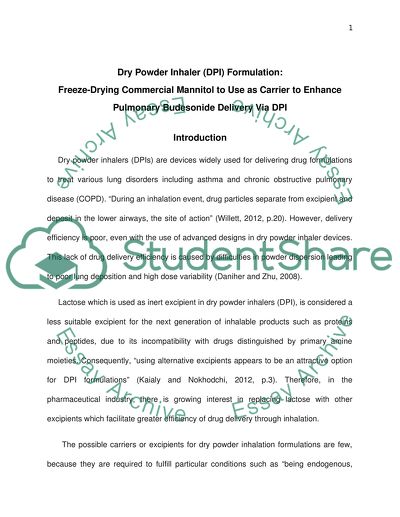Cite this document
(“Freeze-Drying Commenrial mannitol to use as Cartrier to Enhance Literature review”, n.d.)
Retrieved from https://studentshare.org/health-sciences-medicine/1403490-drug-formulation
Retrieved from https://studentshare.org/health-sciences-medicine/1403490-drug-formulation
(Freeze-Drying Commenrial Mannitol to Use As Cartrier to Enhance Literature Review)
https://studentshare.org/health-sciences-medicine/1403490-drug-formulation.
https://studentshare.org/health-sciences-medicine/1403490-drug-formulation.
“Freeze-Drying Commenrial Mannitol to Use As Cartrier to Enhance Literature Review”, n.d. https://studentshare.org/health-sciences-medicine/1403490-drug-formulation.


